Shortly after we got back from Aotearoa, New Zealand last October I asked you what you would like to read about if I put together a new journal entry about my home away from home. It took me a wee while but here’s me answering your questions (grab a cup of tea and a snack – it’s a long one).
Before we start let me quickly fill you in on the background story about Aotearoa and myself: It’s a love story really, a never-ending one perhaps because I can already see myself going back there a fifth, sixth, tenth time. It all began in 2013 when I left my home in Germany and went to live and work in New Zealand for a whole year. A huge piece of my heart was lovingly ripped from my chest during that time and will always reside among the lakes, mountains and forests I love so dearly and I have a feeling that New Zealand won’t be handing that piece over any time soon.

Ok, that was rather cheesy. But it’s true. Every word.
Righto! Let’s get started with your questions, shall we?
#1 What are the best ways to meet the local animals?
New Zealand is a land of birds. I never would have thought that I’d develop such a strong interest in birds but listening to tūī and korimako and coming up close and personal with kea, kākā and pīwakawaka ignited a passion for our feathered friends in me that now has me listening to New Zealand birdsong on Spotify.

When you’re out and about, not only hiking but even just strolling through Wellington, the capital city you only need to look up to find a tūī sitting in a tree right next to the beehive (the parliament building), singing its distinctive song. Tiny pīwakawaka/fantails will follow you around when you’re out tramping in the bush, not because they’re particularly interested in you but when you step on the ground you will rouse tiny insects which they will then feed on. And when you’re in the alpine areas of Te Waipounamu, the South Island you will most likely meet the worlds only alpine parrot, the kea.
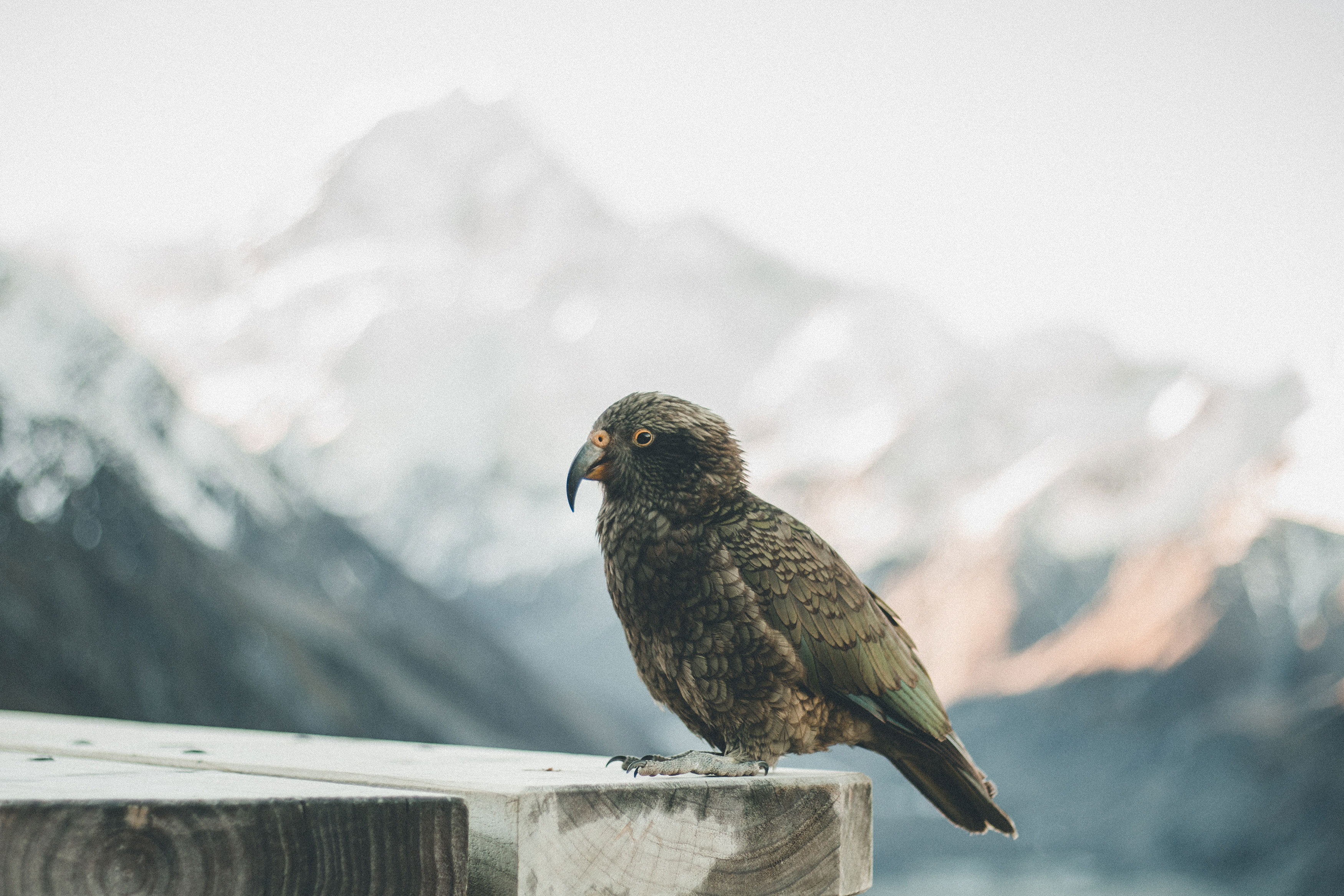
So the best way to meet ngā manu, the birds is by simply being outside, keeping an eye out for them and listening for their glorious song. There are more elusive birds as well, like takahē, kākāpō or kiwi but there are quite a few sanctuaries all across New Zealand where you can see them. Oh and have I mentioned penguins? We didn’t see any last time we were there but I was lucky enough to spot hoiho/yellow-eyed penguins in 2016 in Dunedin at Penguin Place, a conservation reserve on the East Coast of Te Waipounamu.
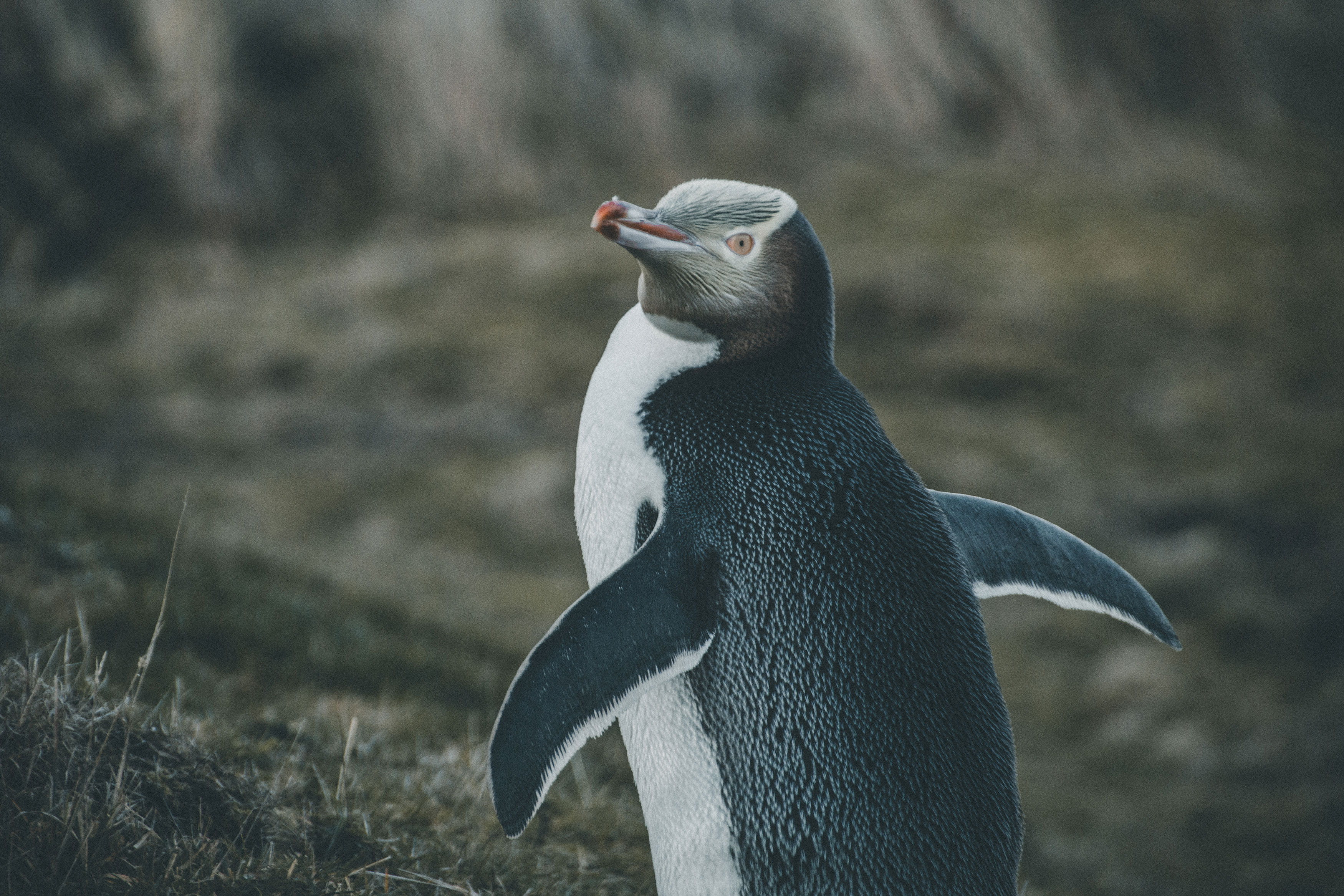
New Zealand fur seals are a bit easier to spot as they can usually be found lounging on rocks by the sea, drowsing happily in the sunshine. Pretty sweet life if you ask me. You can also go whale-watching in Kaikōura or swim with the worlds smallest dolphin, the dusky dolphin.
Kiwis are determined to protect all native animals, from tiny critters to marine mammals and they are doing an amazing job! It’s one of the reasons I love Aotearoa so much – everyone is so passionate about protecting Papatūānuku, our Earth Mother!

#2 Tell us about all the beautiful things!
Where to begin, where to begin… Let us start with the obvious: the inimitable landscapes! Nature really wanted to show off with New Zealand. It’s not a huge country but within its just over 103,000 square miles it offers everything your little nature-loving heart ever dreamt of. There are the mighty, snow-capped Southern Alps/Kā Tiritiri o te Moana stretching all over Te Waipounamu, there are great expanses of rolling, green hills adorned with native trees, lakes in the most striking shades of turquoise and blue, brooding volcanoes up in Te Ika-a-Māui, the North Island. There are glaciers, fiords, beaches with the softest sand, rugged coastlines, wide ocean vistas, deep rain forests – I mean, the question really is: what is something New Zealand DOESN’T have?
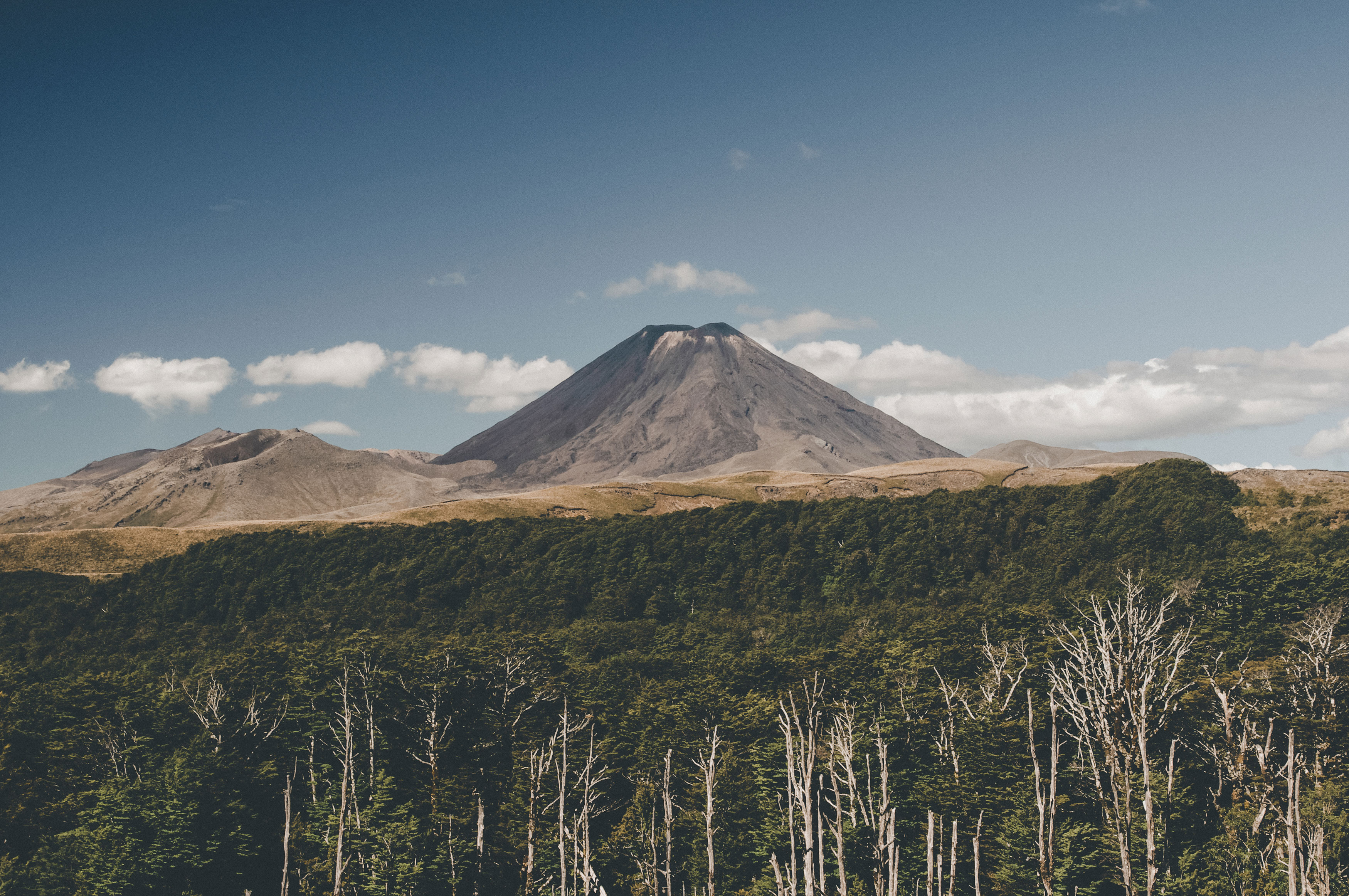
Landscape-wise I can’t think of a single thing but being a very young country (New Zealand was only discovered by Polynesian voyagers sometime around 1300, in fact it was the last major land mass anywhere in the world to be inhibited by humans) it doesn’t have that rich kind of history one would find in say, Europe. But that is not a bad thing at all because the Māori legends are so beautiful that they don’t require castles, vikings and queens.
I deeply encourage you to dive into those legends when you visit New Zealand as it is such a huge part of its heritage. And not only that: try and use Te Reo, the Māori language when you say the names of places for example and don’t be afraid of pronouncing them wrong – most kiwis will help you out and I bet you’ll get the hang of it pretty quickly anyway. One word I learned on my last journey to Aotearoa was ātaahua, which means pretty – I thought you should know that, because we’re talking about all things beautiful right now. Anyway, I believe that it is so important to make an effort when you’re spending time in different countries to really dig deep and understand the culture.
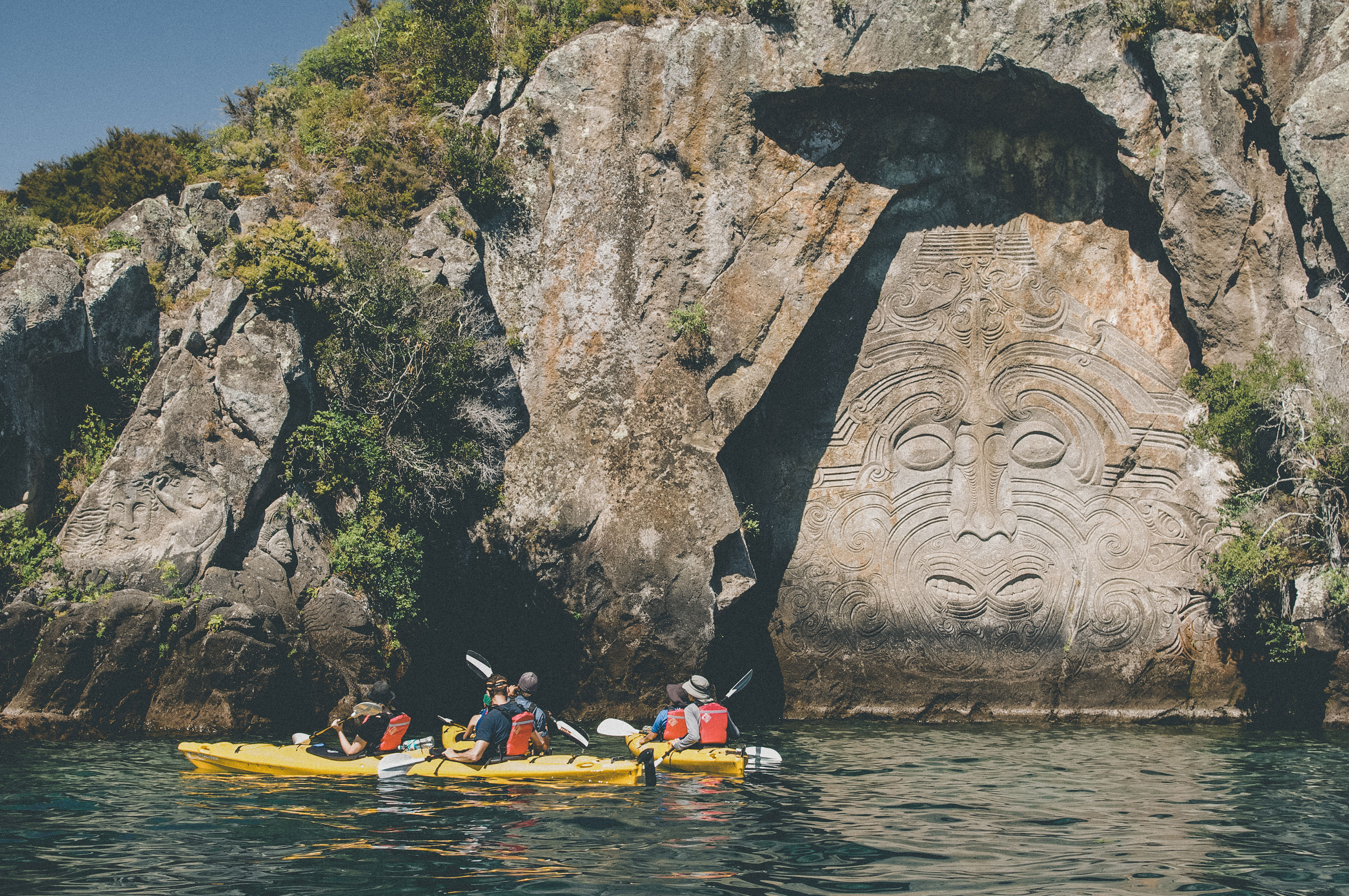
Living with a bunch of amazing, loving, open-minded kiwi families I think it’s safe for me to say that kiwis have their hearts in the right place. I felt right at home the moment I arrived in 2013 and nothing has changed ever since. If you ever find yourself stranded in the middle of nowhere there will always be that one person kindly inviting you inside, boiling the jug and pouring you a hot cup of tea and before you know it you will be in deep conversations about life. Plus, I’m a huge fan of the kiwi accent so I can’t get enough of long talks. And to top it all off, life in New Zealand is super easy-going – a huge contrast coming from a country where punctuality and efficiency seem to be among the top traits in a person.
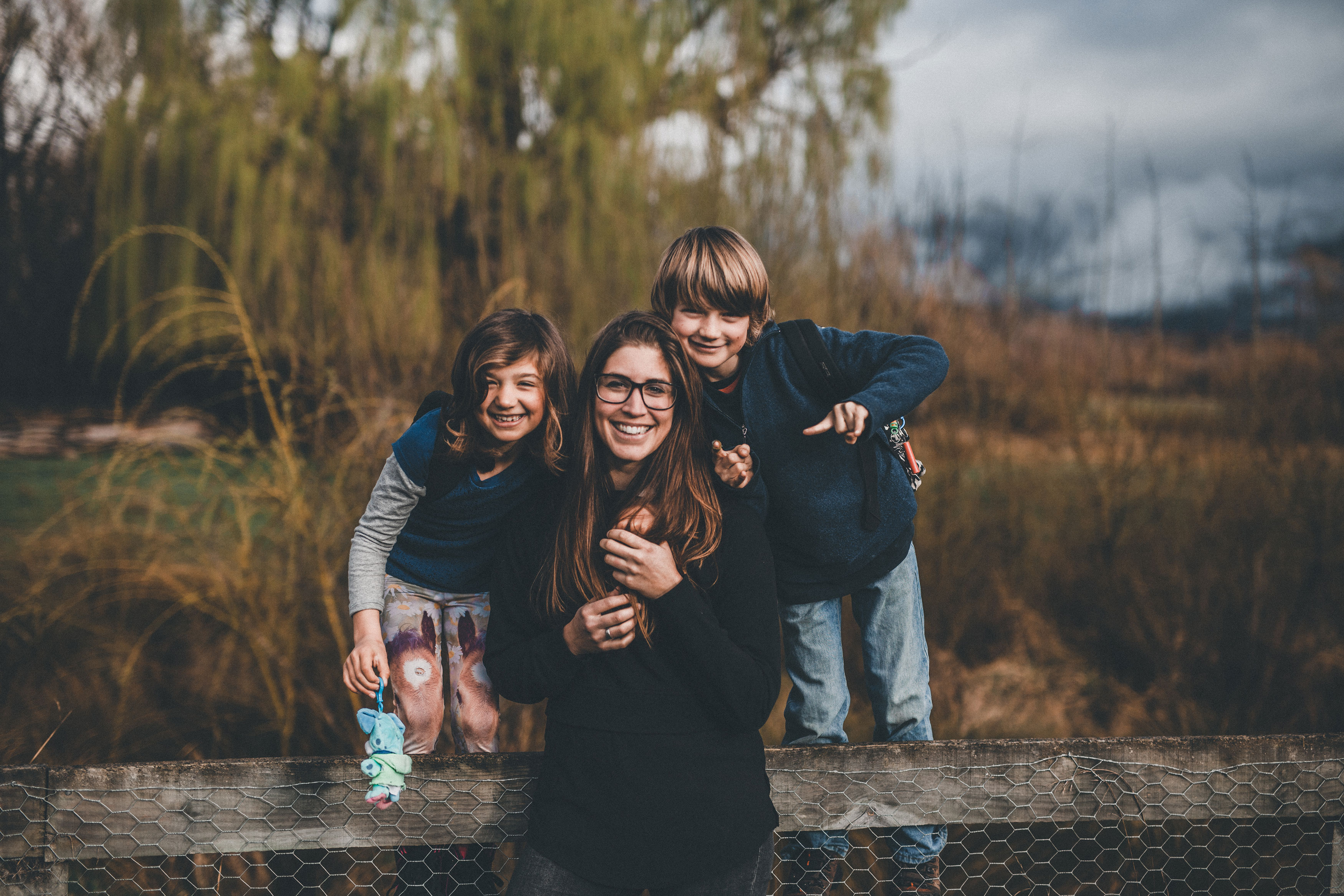
You already know that I’m a huge fan of Aotearoas native birds but I also love their native trees. The sheer diversity of flora is just magnificent. There is the mamaku, a tree fern growing up to 20 meters in height, and pōhutukawa, the New Zealand „Christmas tree“ with its large, red flowers blooming in December, and of course Tāne-mahuta, the giant kauri tree in Northland, just to name a few. So apart from birds I now have a soft spot for all things green and leafy as well (I actually have a wee app on my phone which helps me discern New Zealand trees – arborist in the making).
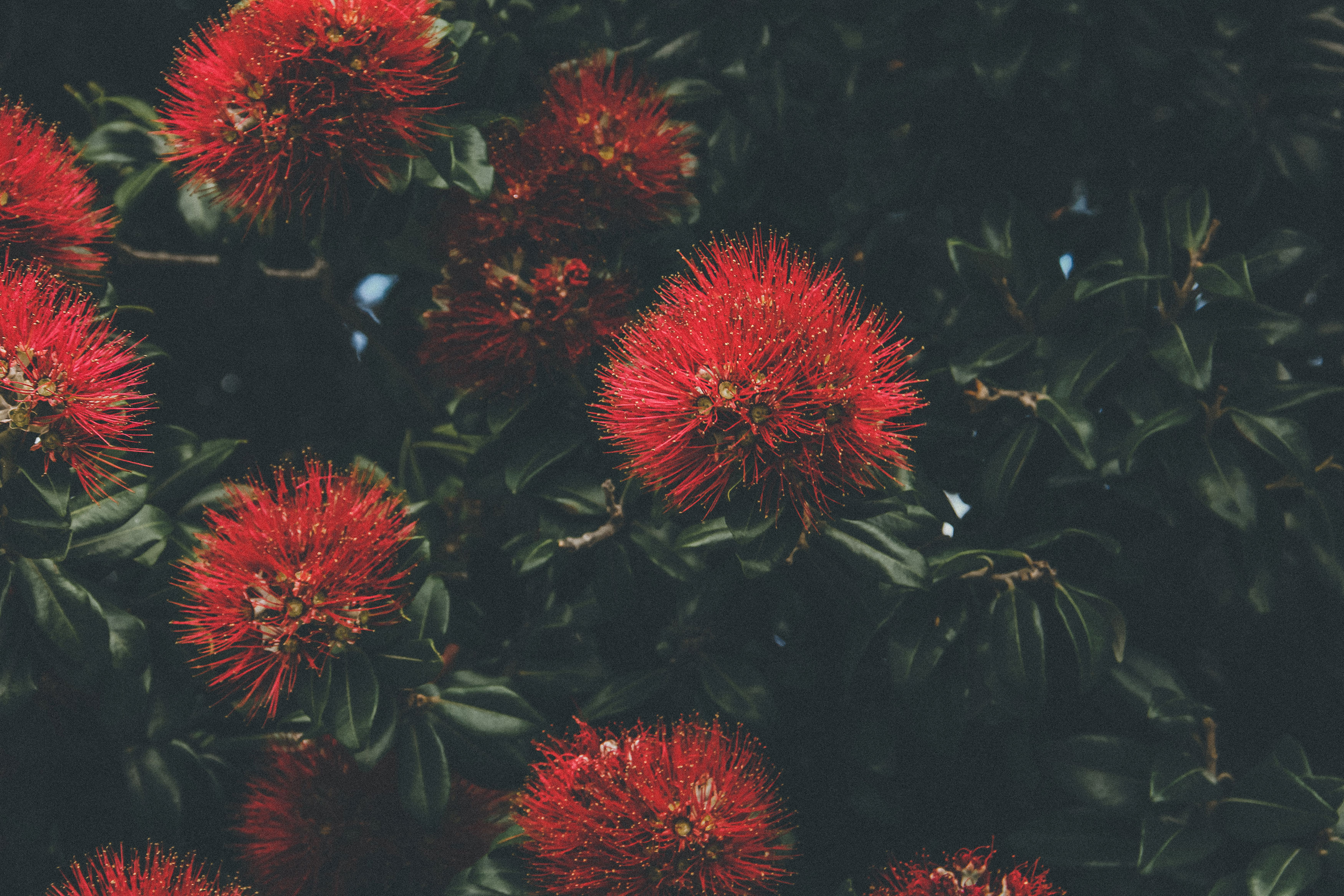
And just for the sake of completeness I should add one more beautiful thing and that’s peanut butter! Now adding that might sound mundane but I’m telling you: New Zealand made peanut butter is the best peanut butter in the whole wide world. One could argue that this statement might have something to do with the lack of decent peanut butter in Germany but I say it’s got everything to do with the awesomeness of New Zealand peanut butter.
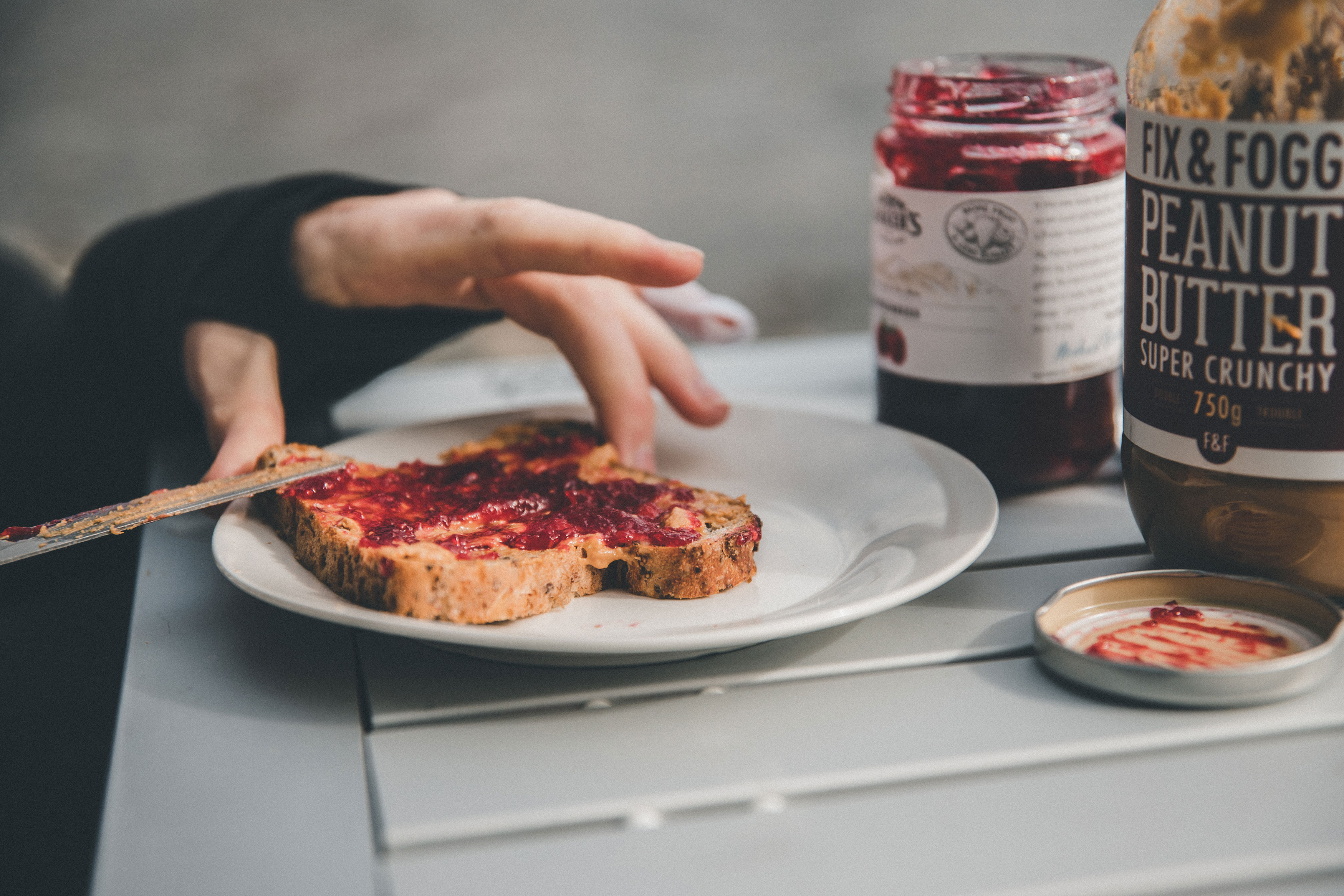
And before I say peanut butter one more time (which will only remind me of the fact that I only have one jar of Fix&Fogg left in my pantry) we’re moving on to
#3 The West Coast
Oh I love the West Coast of Aotearoa. It’s wild and rugged but also gentle and tranquil. Before I came to New Zealand for the first time I did some preparation as to what to expect from my travels (of course in the end all preparation is kind of futile because it will all unfold differently) and most of the books and articles I read talked about how the West Coast is frequently visited by lots and lots of rain and it is true: the West Coast is one of the wettest regions in New Zealand, probably only topped by Piopiotahi, Milford Sound.
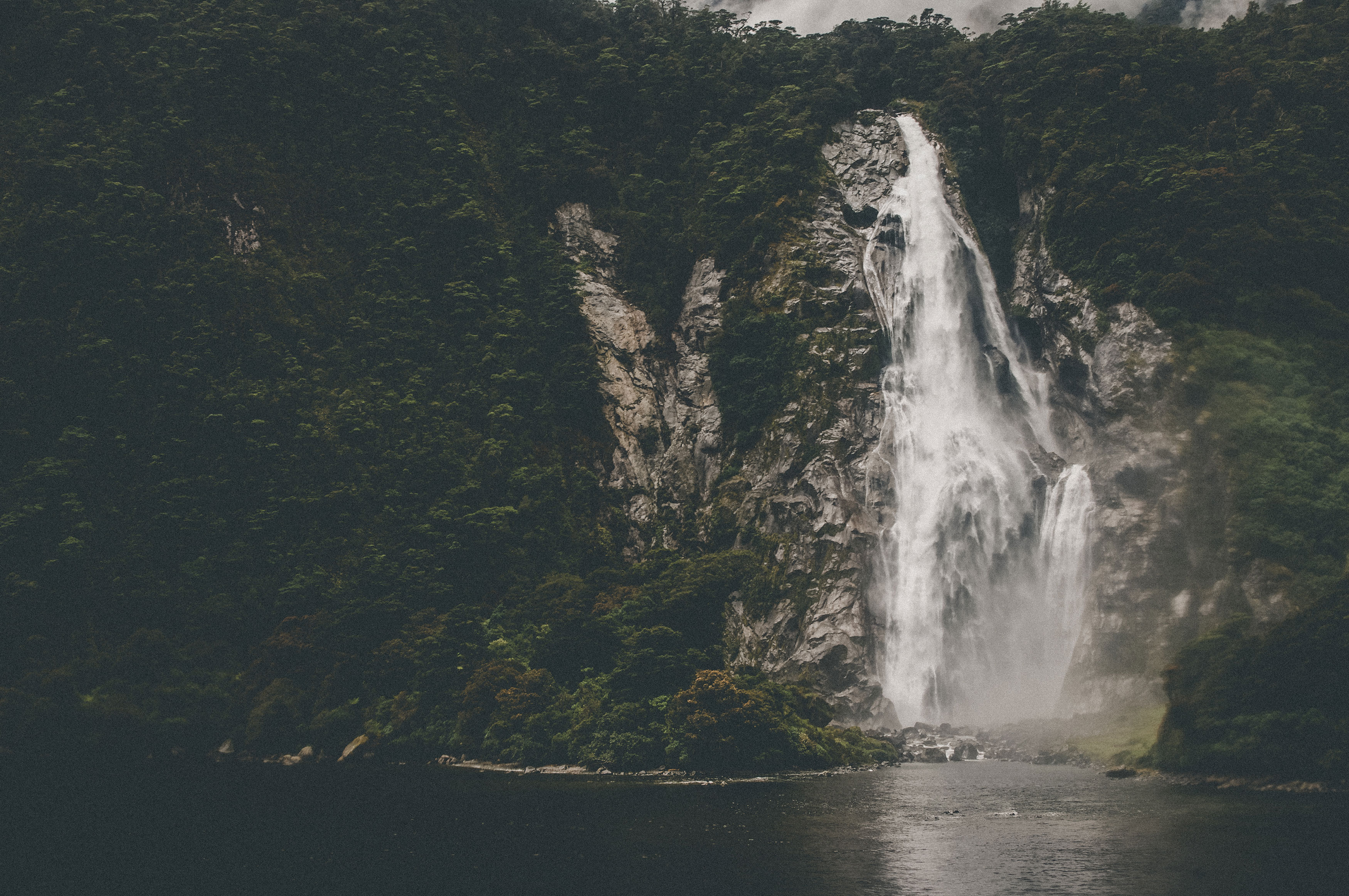
But to tell you the truth, the majority of times I was there the weather was absolutely fine. To be fair, I did experience the odd spell of rain and then some, but my memories are mostly full of blue skies, pink cotton candy clouds and sun-kissed trees. I’d love to tell you that the West Coast is always spectacular in any kind of weather but you can’t really sugarcoat low clouds, swallowing the mountains whole and pouring heavy drops of rain. Just be prepared when you go there, that’s all I’m saying.
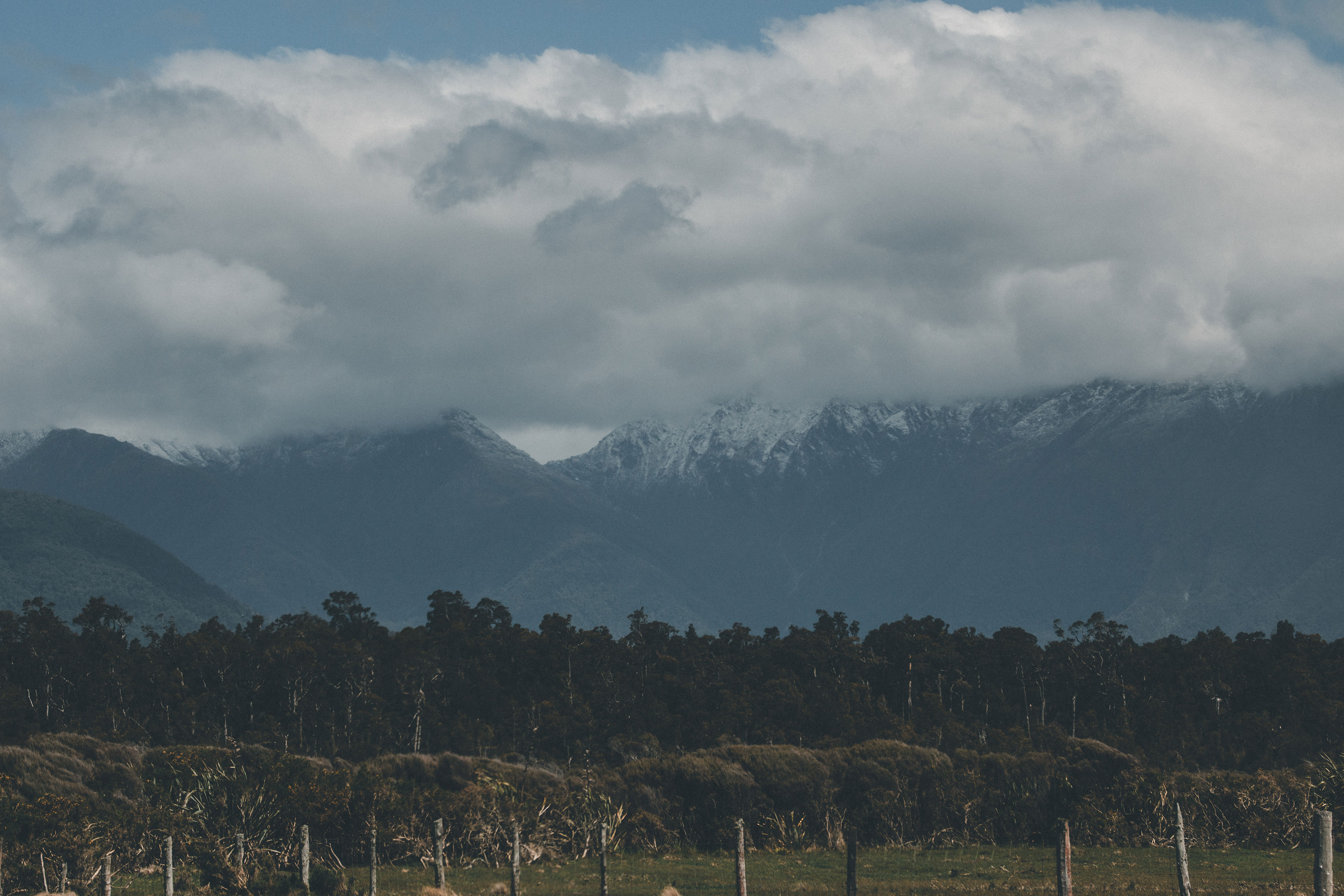
Now let’s keep the rain in mind but focus on what makes the West Coast so so special. The moment you leave paved roads and head into the bush it’s like entering a primeval world. Huge ferns, moss-covered trees, lichen hanging from their branches. It’s where trolls would feel right at home or maybe dinosaurs. The West Coast feels so untouched and I bet that a lot of the terrain probably still remains pristine, unaffected by humans, which is a beautiful thought.
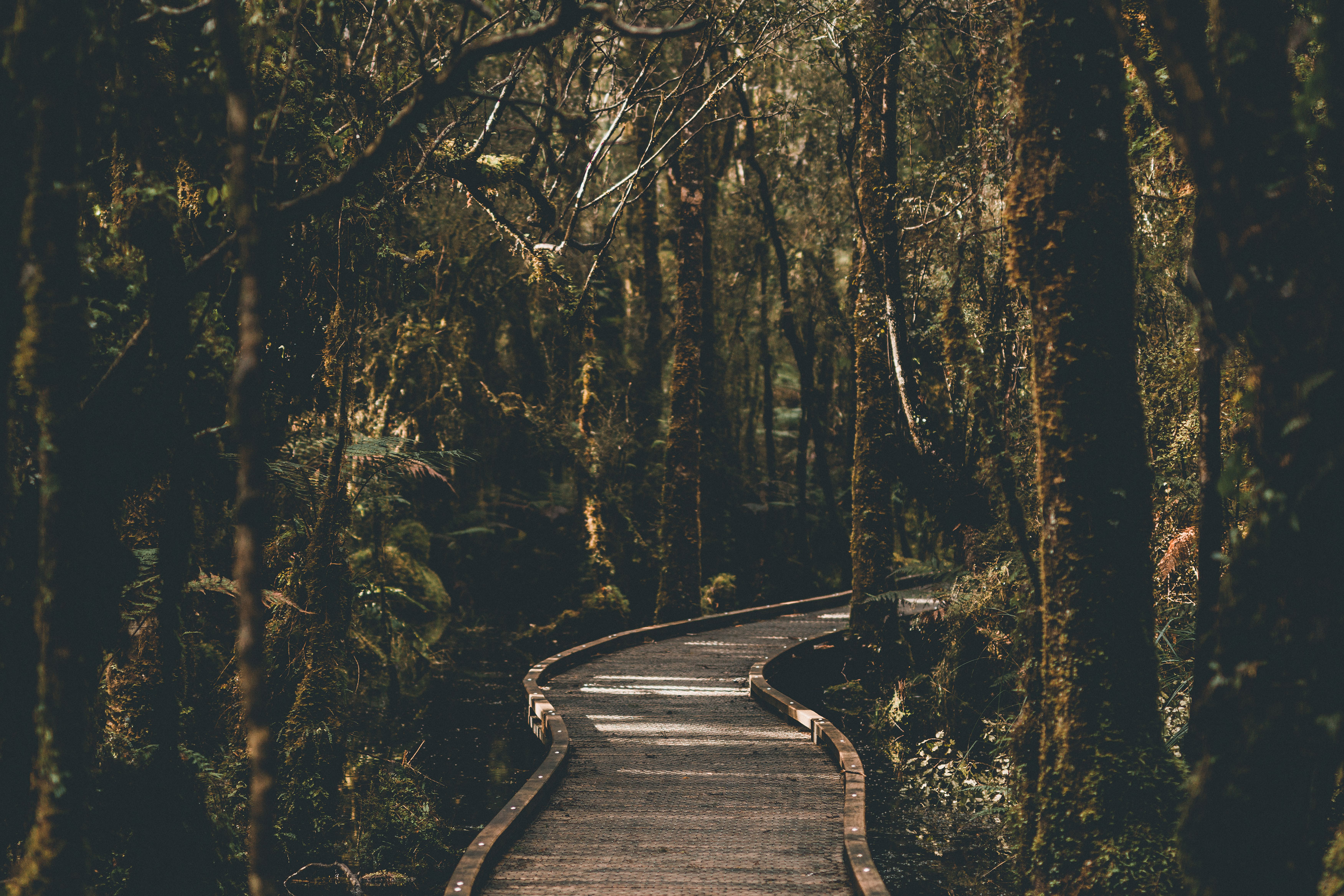
The shoreline of the West Coast is relentlessly formed by the Tasman Sea with its bashing waves gnawing at the rugged cliff faces. But there are also silky smooth beaches. Behind the coastline you will find wetlands, rivers and lakes before the landscape rises into the foothills of Kā Tiritiri o te Moana, the Southern Alps.
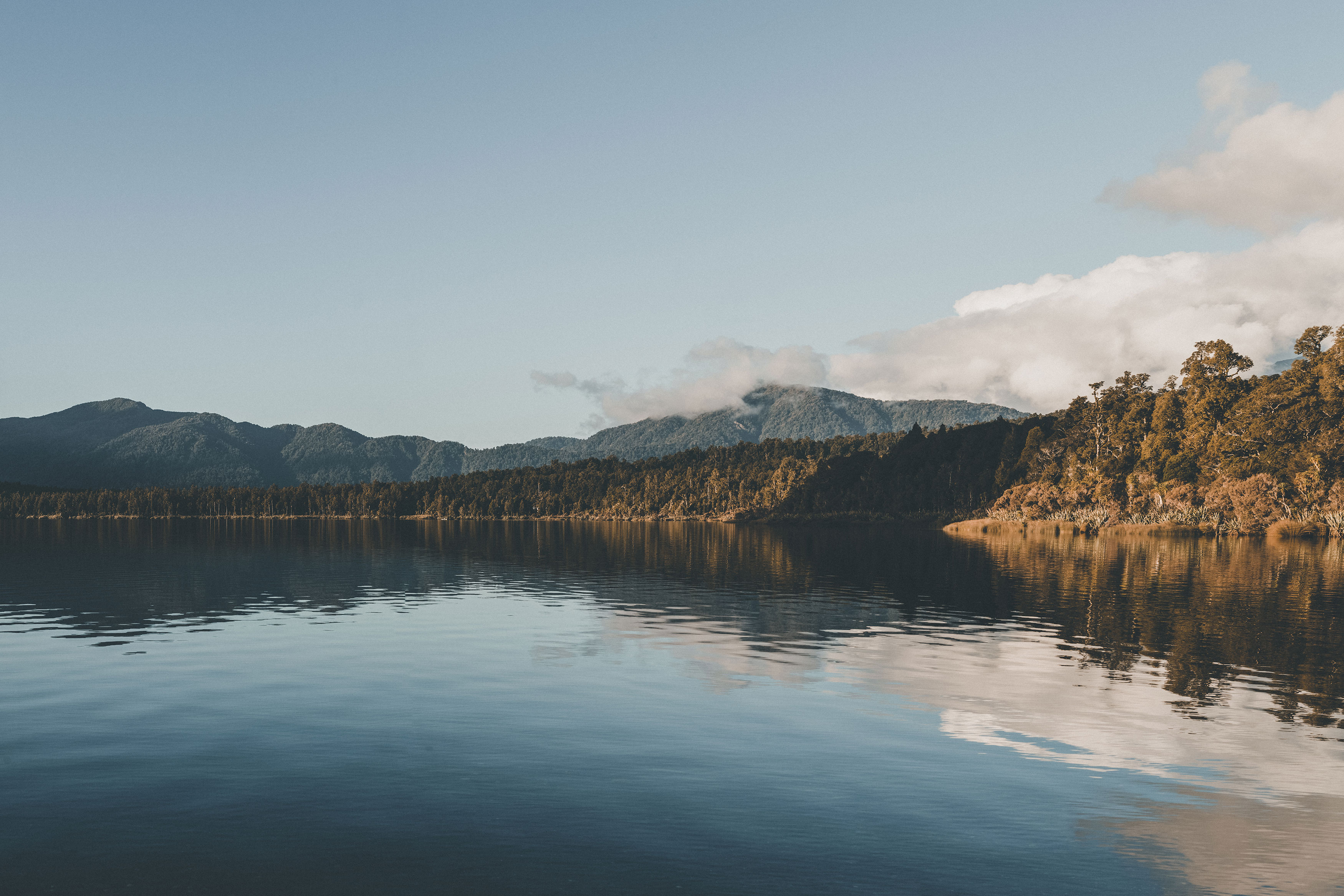
I’d suggest you take it easy when you travel the West Coast as there’s so much to see and the weather does like to get in the way of your plans so you might want to have a bit of a slack itinerary when it comes to this area.
#4 What makes New Zealand so special for you personally?
I think that it’s the fact that New Zealand was the first country I ever really travelled to all by myself. I had been on holidays before but packing a huge backpack, knowing you won’t see your family and friends for a year – that’s different. And the very best kind of different. The memories I made during that year of working and travelling in New Zealand are among my fondest and if I had the chance to travel back in time and do it all over again I wouldn’t change a thing because it was perfect.

But ever since there’s this New Zealand feeling inside of me. When a place touched you the way New Zealand touched me you’ll know the kind of feeling I’m talking about. It is hard to explain but it sometimes washes over me in fuzzy, warm waves and almost always results in itchy feet and Fernweh.

#5 What’s your favourite NZ food?
I think I answered that one, haven’t I? But as peanut butter is not strictly speaking an exclusive NZ produce or dish I’m going for kūmara. No quince paste on top of brie on top of a cracker. No pies. But you could get all of that anywhere else in the world hey. That’s because New Zealand, many years after the Māori arrived, found itself being inhibited by European settlers as well so everyone brought something different to the table.
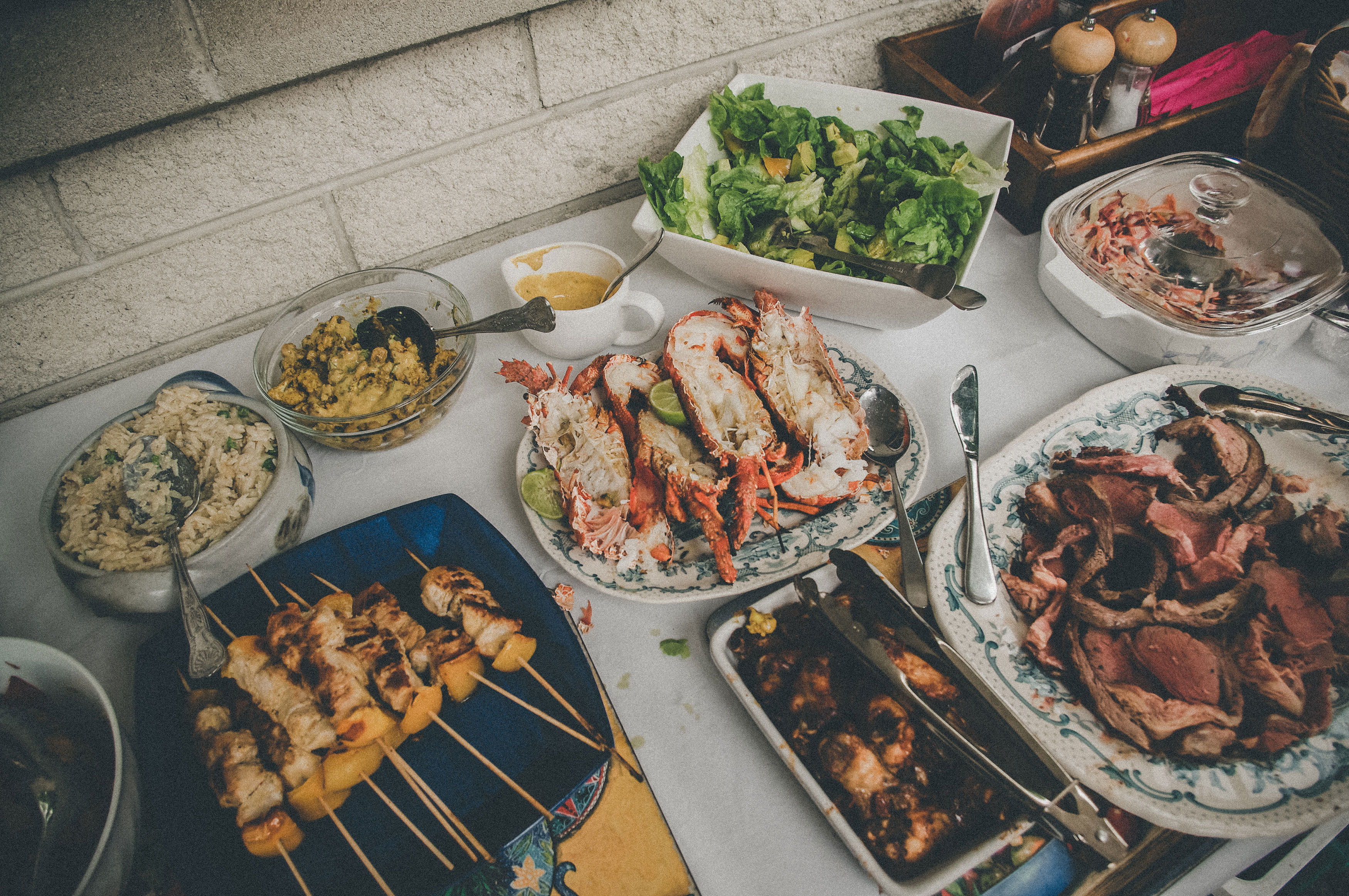
If we’re talking traditional then I’m definitely choosing a hāngī. Hāngī is translated into earth oven and it’s a traditional Māori way of cooking food. I’d probably explain it all wrong if I tried but it’s basically cooking vegetables and meat on top of hot stones that were placed in a pit in the ground. It’s not your dinner date kind of meal but so much fun on a warm summer evening spent outside with a bunch of cool people.
#6 What are the best hikes and walks?
Phew. Sadly I have to admit that I haven’t done as much hiking in Aotearoa as I would have loved to because the weather didn’t always play ball and ended up thwarting my plans on many an occasion. But the tracks I’ve been on are all beyond anything I could have wished for so I guess even with relatively ‚little‘ NZ tramping experience I can give you a bit of an impression.
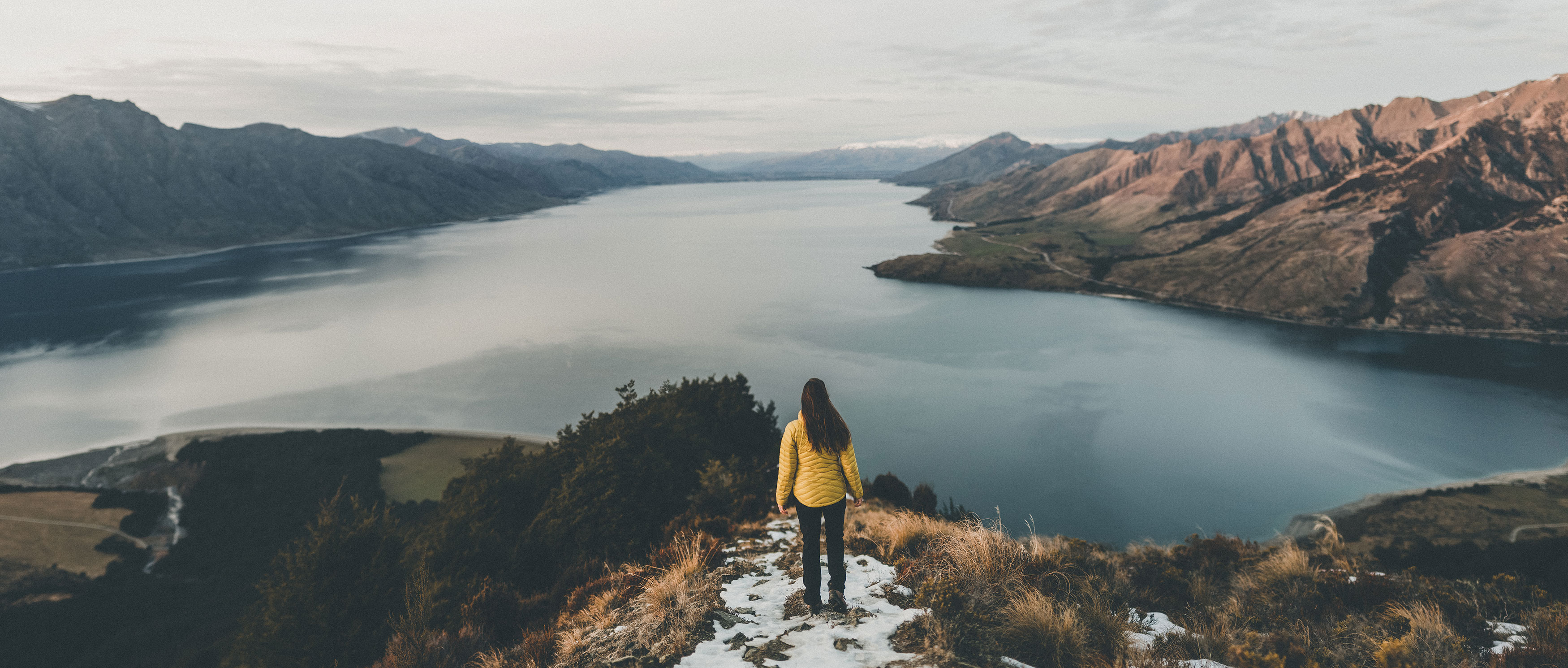
Now, there are so SO many amazing hikes in Aotearoa you’d need a hundred lifetimes to tackle them all and the fact that New Zealand has heaps of backcountry huts as well doesn’t make it easier (a not so secret goal of mine is to hike the Te Araroa trail one day, preferably in this life).
How about I share my favourite day hikes with you? They are ruddy hard to nail down, I’m telling you that much… Let me think…
Ok. So the first day hike that pops into my head is the Hooker Valley Track in Aoraki/Mount Cook National Park, which is absolutely mind-blowing. It heads into one of the most stunning alpine valleys and leads you to Hooker Lake and dazzling views of Aoraki, New Zealands tallest peak. But if you wanted something a wee bit further away from the crowds (which doesn’t mean you should skip this area, heck no!) I suggest you venture off the beaten track.
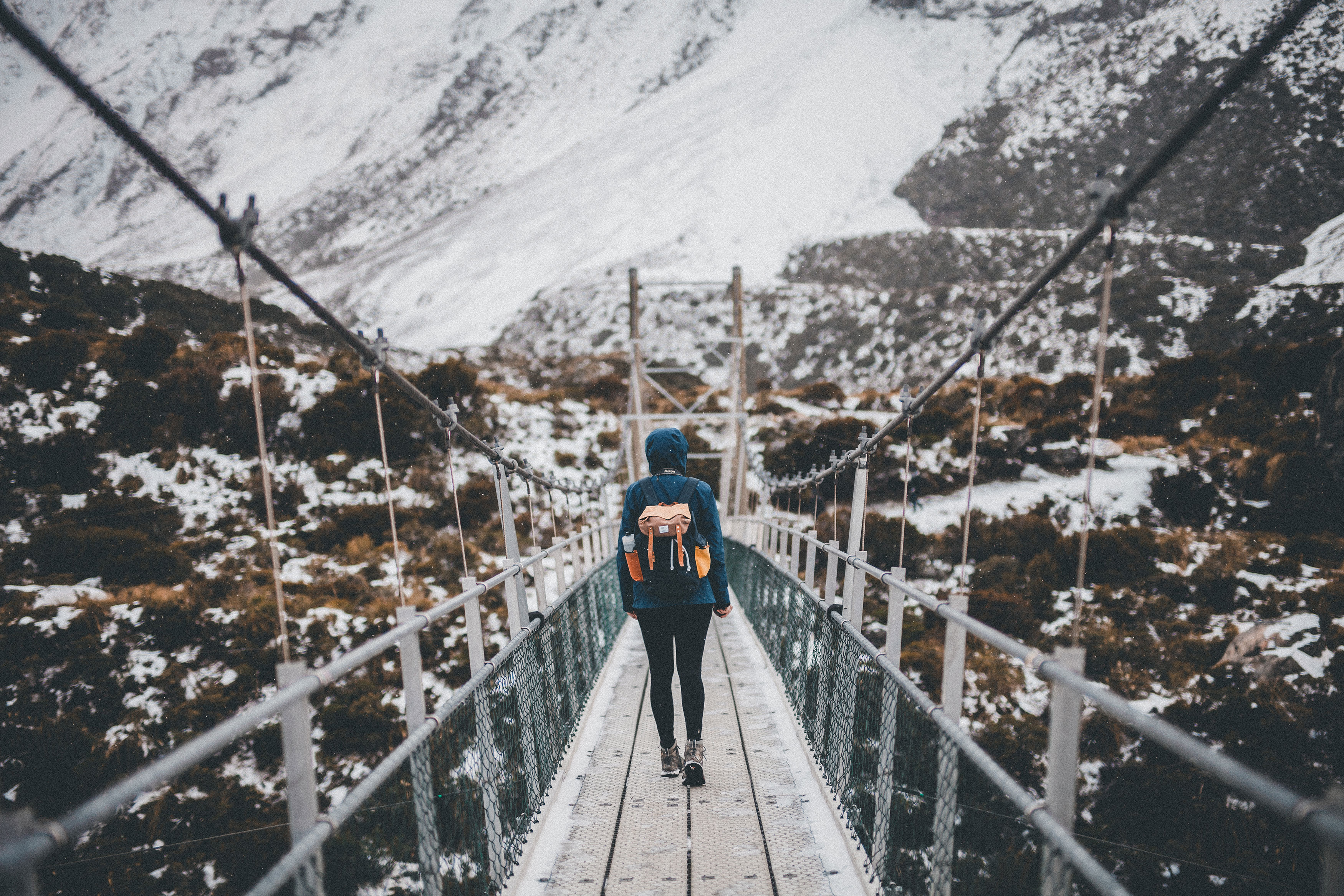
The track that made me fall in love with Te Waipounamu was also my very first hike I did down South. It climbs up to the St. Arnaud Ranges, overlooking Lake Rotoiti. It’s not particularly long and probably doesn’t even count as a full-on day hike, but that gives you all the more time to jump off the jetty into the freezing cold lake once you get back down from the mountain (if you don’t mind eels, that is).
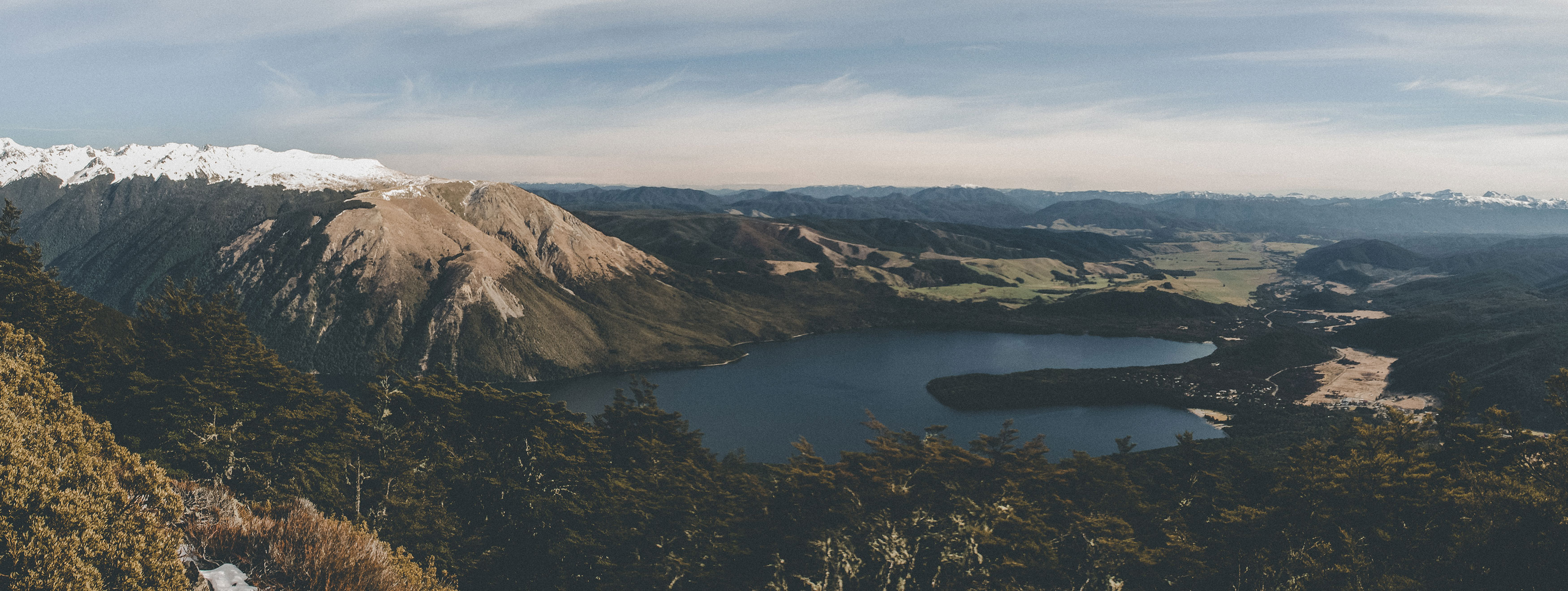
If you wanted to combine hiking with some kayaking nothing beats the Abel Tasman National Park. It’s certainly one of my favourite things to do. There are a few local tour operators offering kayak+hike combos and their guides are the best! Paddling along the coastline of the National Park must be one of the most soothing things I’ve done in my life and the hiking trails are fairly easy as well, offering primo views.

When it comes to overnighters though, my favourite tracks are actually the ones I haven’t done yet, which I’m tremendously bummed out about. There are many backcountry huts that have been on my New Zealand bucket list for quite some time now but as I mostly spent Winters and early Springs in the South Island there was either too much snow and high avalanche risks or too much melting water, making the rivers treacherous to cross.
Ok. Wow. To anyone who’s still reading: kudos! You’ve earned my respect. But that is what happens all the time. Ask me questions about Aotearoa, New Zealand and I can ramble on and on until Christmas.
I hope you gained some new knowledge while reading this and my words sparked a thrill of anticipation for your adventures to come.
Hāere rā.
See ya.
Goodbye.
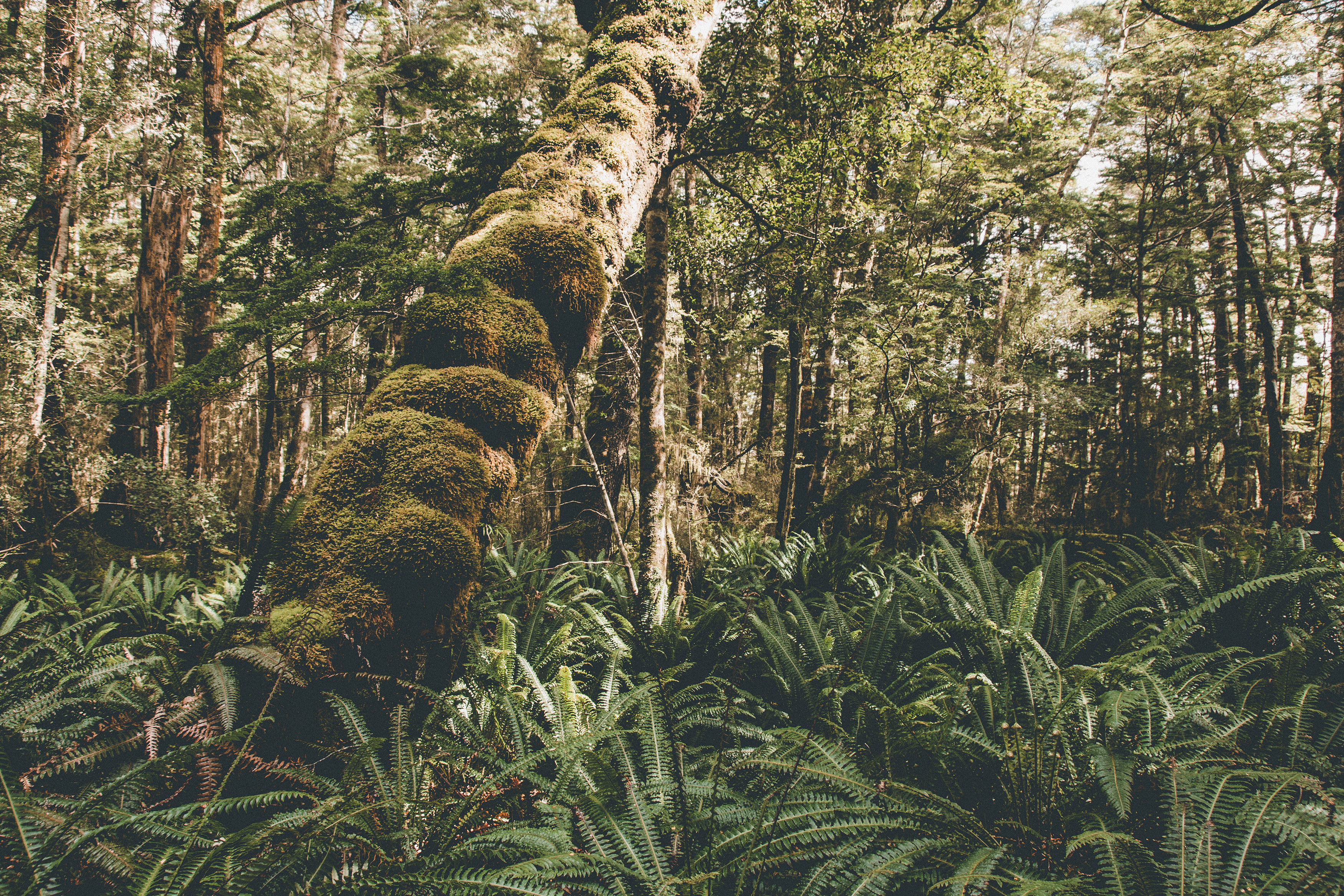
Get in Touch